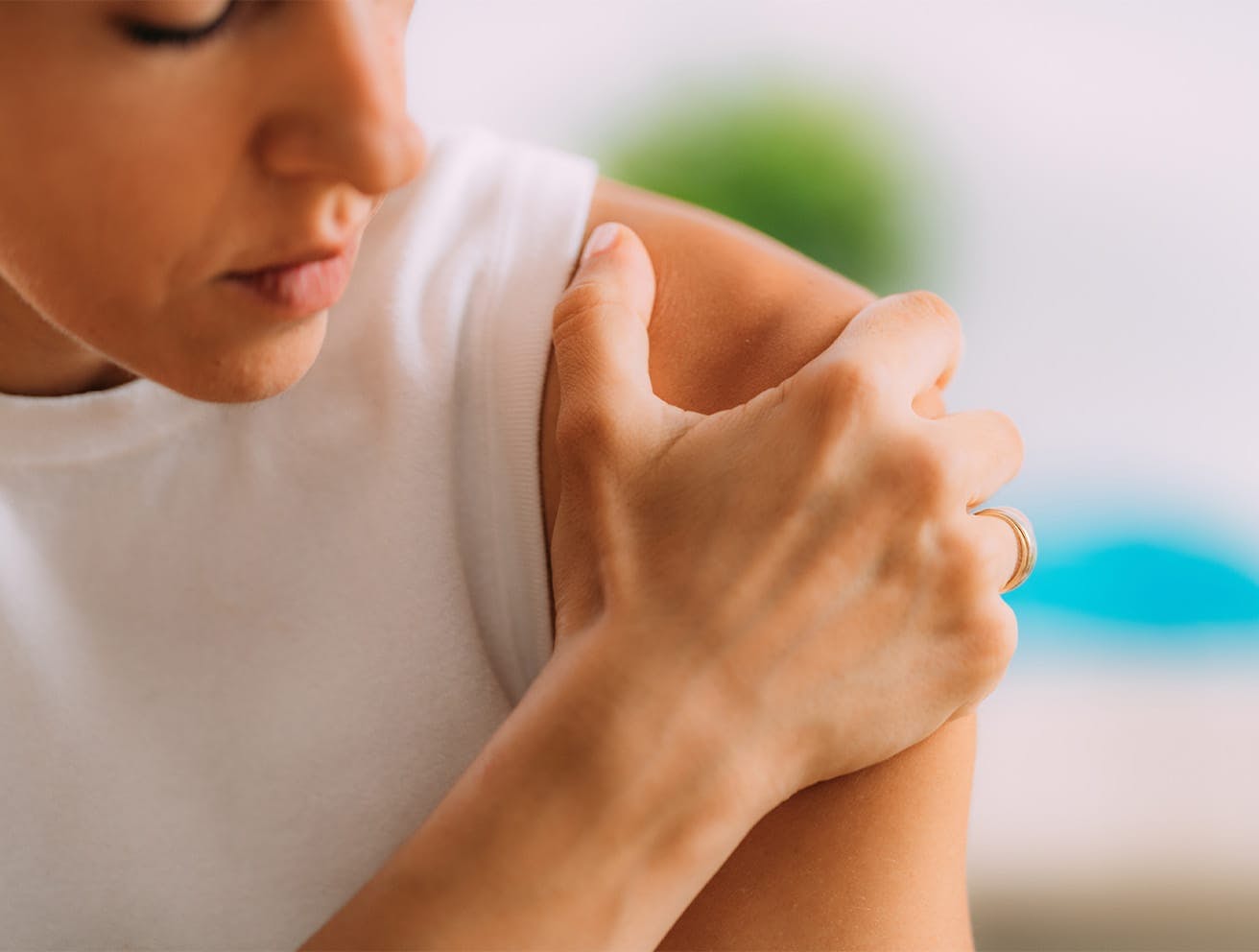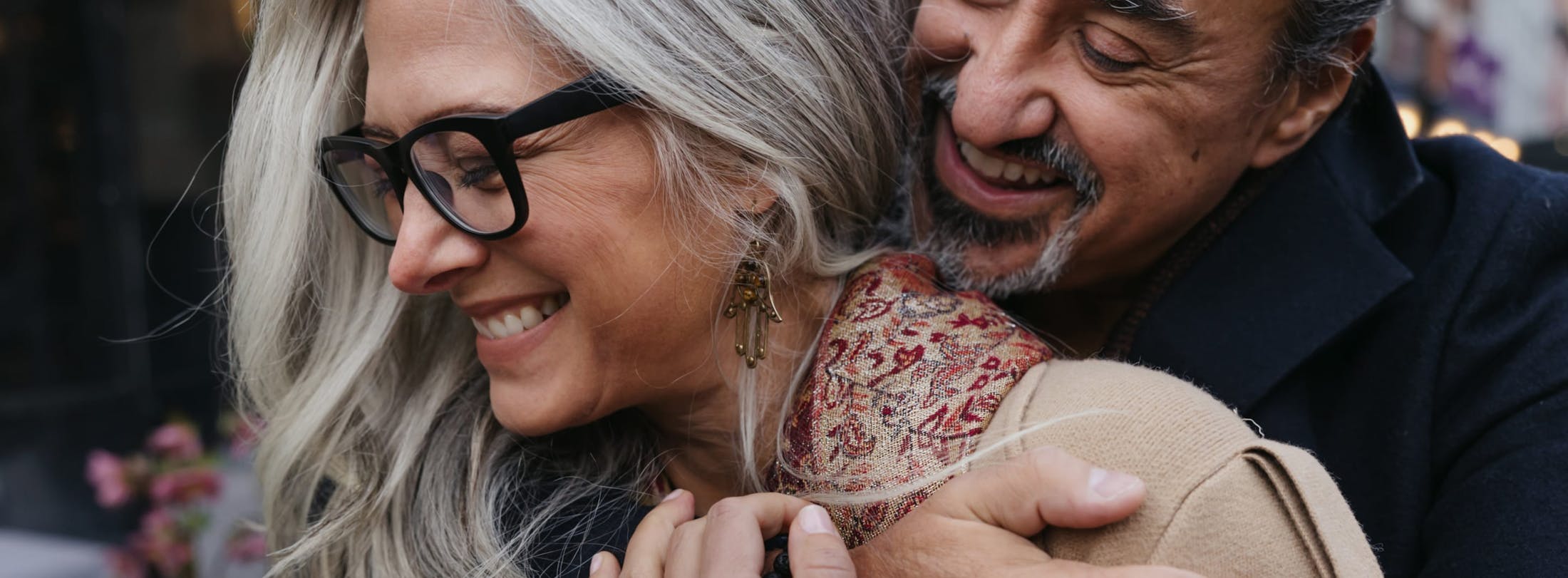Restore strength and flexibility in your shoulder with our rotator cuff repair in Manhattan, Queens, Brooklyn or the Bronx, to restore pain-free movement and active living.
What are rotator cuff tears?
A rotator cuff tear primarily occurs due to prolonged overuse of the muscles, making it more prevalent in patients over the age of 40. However, it can also result from traumatic injuries.
Symptoms may include:
- Pain when lifting or lowering the arm
- Muscle weakness
- Atrophy











